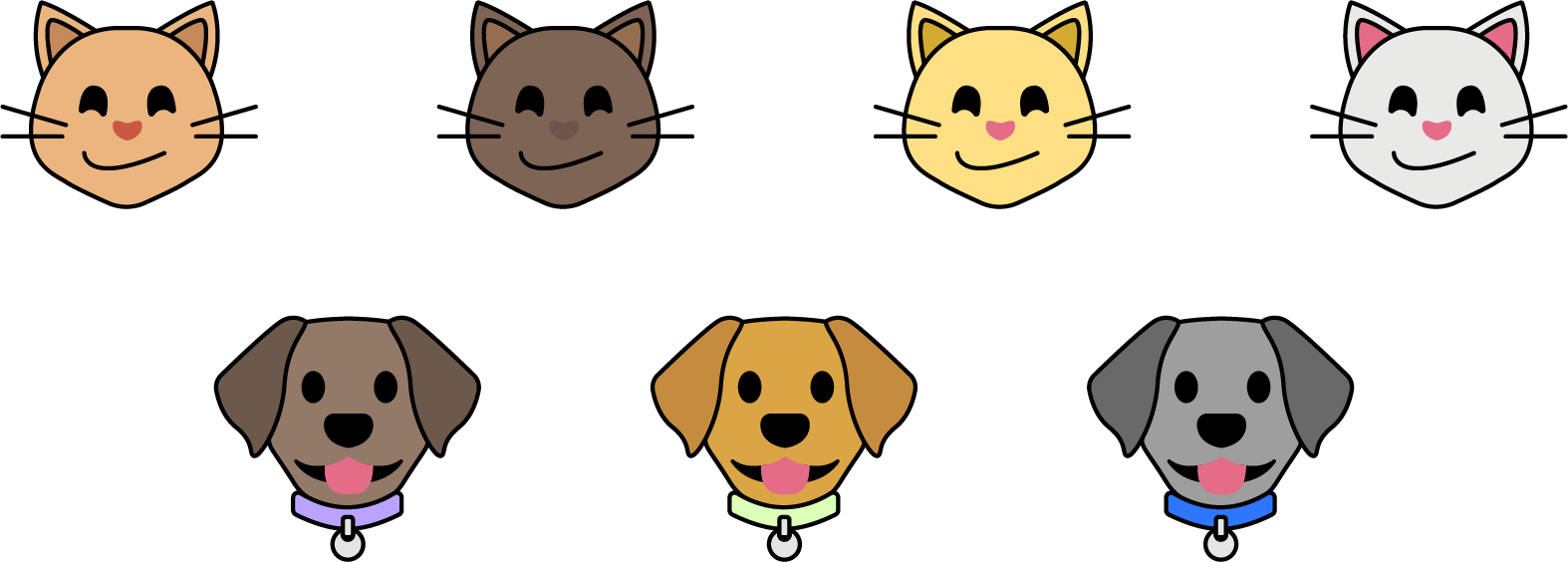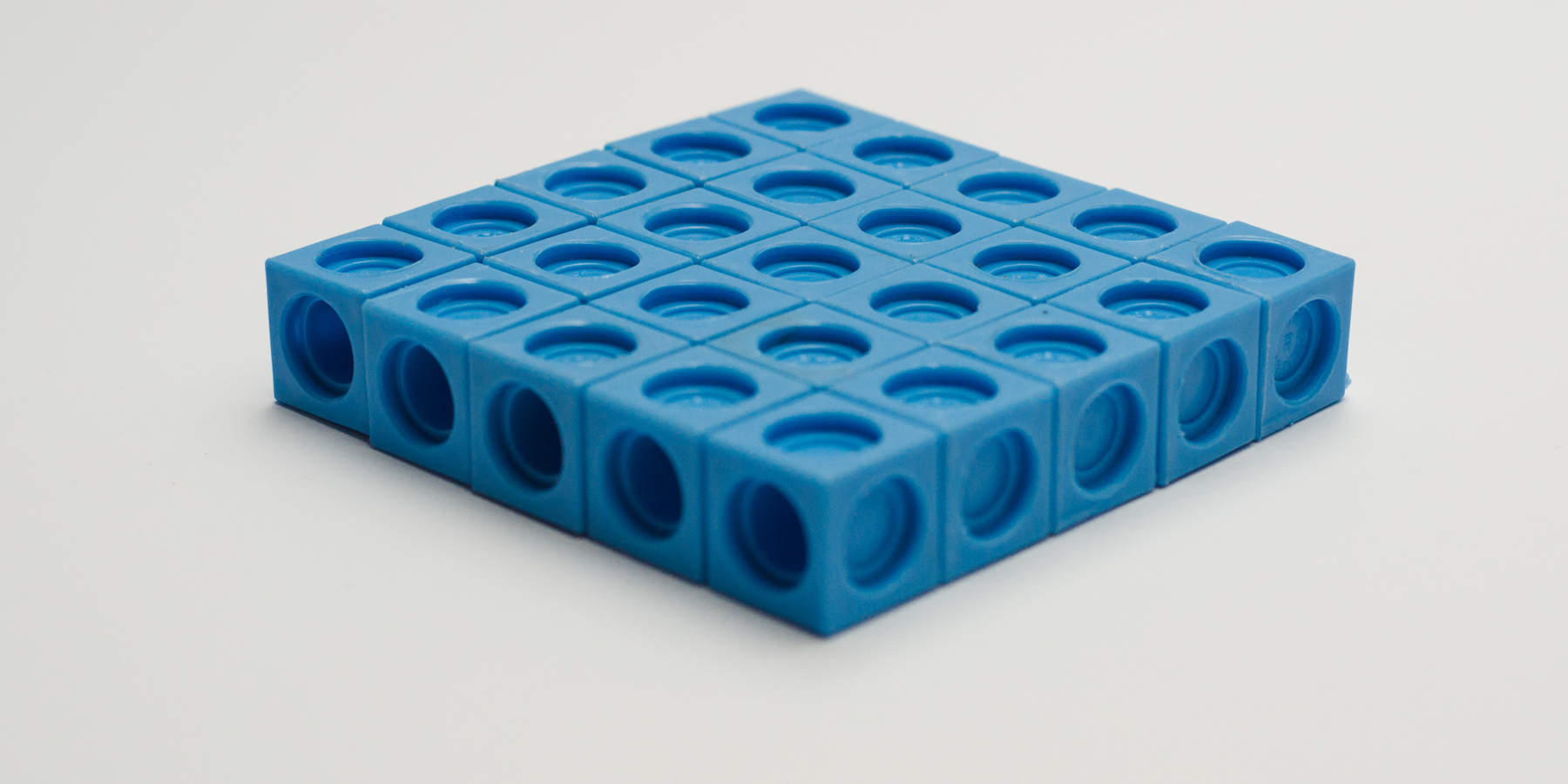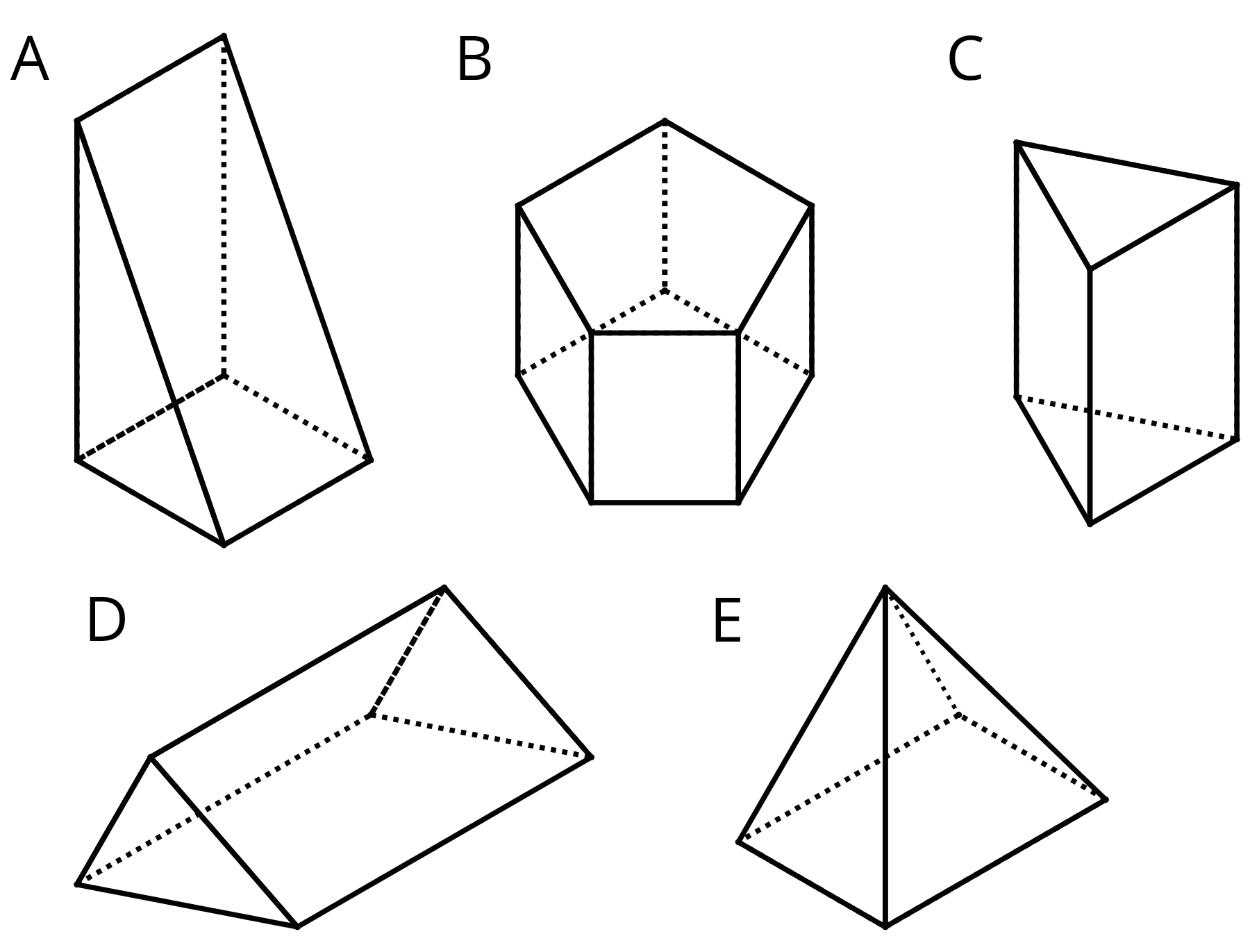Lesson 1
Introducing Ratios and Ratio Language
Problem 1
In a fruit basket there are 9 bananas, 4 apples, and 3 plums.
- The ratio of bananas to apples is ________ : ________.
- The ratio of plums to apples is ________ to ________.
- For every ________ apples, there are ________ plums.
-
For every 3 bananas there is one ________.
Solution
For access, consult one of our IM Certified Partners.
Problem 2
Complete the sentences to describe this picture.

- The ratio of dogs to cats is ________.
- For every ________ dogs, there are ________ cats.
Solution
For access, consult one of our IM Certified Partners.
Problem 3
Write two different sentences that use ratios to describe the number of eyes and legs in this picture.

Solution
For access, consult one of our IM Certified Partners.
Problem 4
Choose an appropriate unit of measurement for each quantity.
- area of a rectangle
- volume of a prism
- side of a square
- area of a square
- volume of a cube
- cm
- cm3
- cm2
Solution
For access, consult one of our IM Certified Partners.
(From Unit 1, Lesson 17.)Problem 5
Find the volume and surface area of each prism.
-
Prism A: 3 cm by 3 cm by 3 cm

-
Prism B: 5 cm by 5 cm by 1 cm

-
Compare the volumes of the prisms and then their surface areas. Does the prism with the greater volume also have the greater surface area?
Solution
For access, consult one of our IM Certified Partners.
(From Unit 1, Lesson 16.)Problem 6
Which figure is a triangular prism? Select all that apply.

A
B
C
D
E
Solution
For access, consult one of our IM Certified Partners.
(From Unit 1, Lesson 13.)